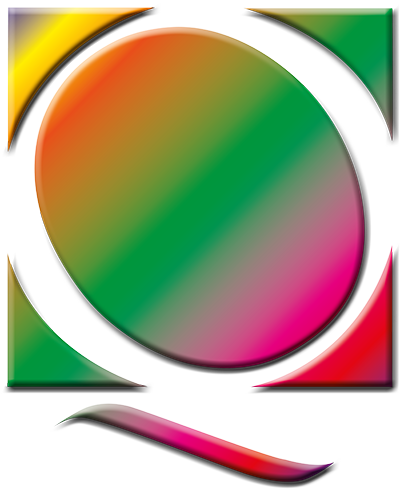Printing Advice
1. How do I choose between digital and litho printing?
Quantity is usually a deciding factor as litho tends to be more cost-effective in larger runs and digital, in smaller runs. Deadlines are also an important factor as digital printing produces much faster turnaround times. Other factors include flexibility of paper stock and finishes, precise colour matching and overall quality.
2. How do I get a quote for my print job from you?
The best way for us to provide you with an accurate quote for your print job is for us to discuss your requirements in detail either over the phone or in person. We have many years of experience in the print industry so we can also offer you professional advice that ensures you achieve the exact end result you desire.
3. Is white considered a printing colour?
Typically, because white is the default colour of paper, it tends not to be viewed as a printing colour and is recognised instead by the absence of any ink. Where, however, printing is produced using coloured paper, white ink can be used where the graphics or text require it.
4. Once my document is submitted, how long will it take to finish my job?
The length of time will vary depending on the size and complexity of the specific job, however, once we have seen the project brief, we will be able to provide you with an accurate estimation of the turnaround time. One of the reasons our clients choose to work with us is our speed of response and ability to deliver on tight deadlines - we will always work with you to complete a project when you need it.
5. What file format should I use when submitting my electronic document for printing?
PDF (Portable Document Format) is the preferred file format for submitting digital documents.
6. What is a proof and why is it important?
A proof is a one-off sample of your document after modifications and printing set up processes have been completed which provides you with an accurate depiction of your finished printing job. It is important to carefully inspect the proof to ensure we produce an accurate print job that matches your exact requirements on the first run.
7. What is the Pantone Matching System?
The Pantone Matching System (PMS) is a colour reproduction standard, whereby each colour across the spectrum is identified by its own unique number. This allows us to match the colours used in your graphics precisely and to maintain colour consistency during the printing process.
8. What resolution should I save my photos and graphics for printing?
To produce a high quality print job, it is essential that the photos and images in your digital file should be set at a high resolution of at least 300 dpi. Pictures and graphics that are taken directly from the internet tend to be low resolution, usually 72 dpi or 96 dpi, and should be avoided as they will appear pixilated and blocky when printed. Photos should also be saved in CMYK rather than RGB mode where possible as images in RGB mode may not print properly.
9. What size sheets and weights can be run on a digital press? high quality print job, it is essential that the photos and images in your digital file should be set at a high resolution of at least 300 dpi.
Sheet size ranges from A6 up to 750mm x 430mm The image size should be 4-8 mm smaller because of a 2-4 mm “no print” zone on all four sides. The paper weight that a digital press can handle is between 80 gsm to 350 gsm.
10. Why do print colours look different from the colours viewed on my screen?
Printed colours look different from colours viewed on your monitor because they are produced in different ways. A monitor uses RGB (red, green, blue) colour model whereas printers use CMYK (cyan, magenta, yellow, black) colour model. Typically, CMYK can match around 85-90 per cent of colours in the RGB model. If a colour is selected from RGB model that is not within the range that CMYK model can match, the application will select the closest colour match instead. Some programmes, such as Adobe Photoshop, allow you to select the alternative colour but others may not.
PAPER SIZES
A0 (841MM x 1189mm)
A1 (594mm x 841mm)
A2 (420mm x 594mm)
A3 (297mm x 420mm)
A4 (210mm x 297mm)
A5 (148mm x 210mm)
A6 (105mm x 148mm)
A7 (74mm x 105mm)
A8 (52mm x 74mm)
A9 (37mm x 52mm)
A10 (26mm x 37mm)
